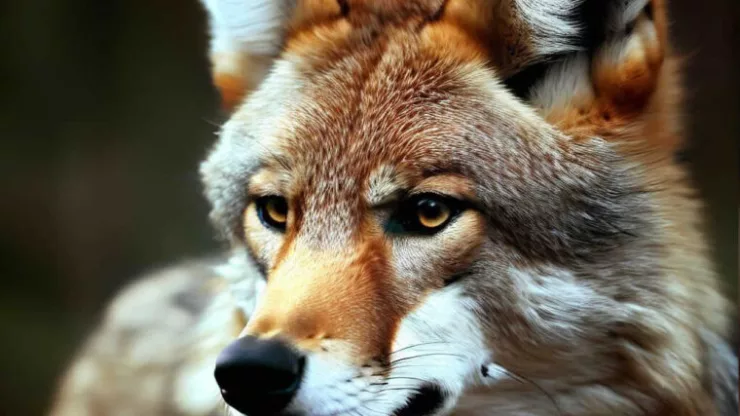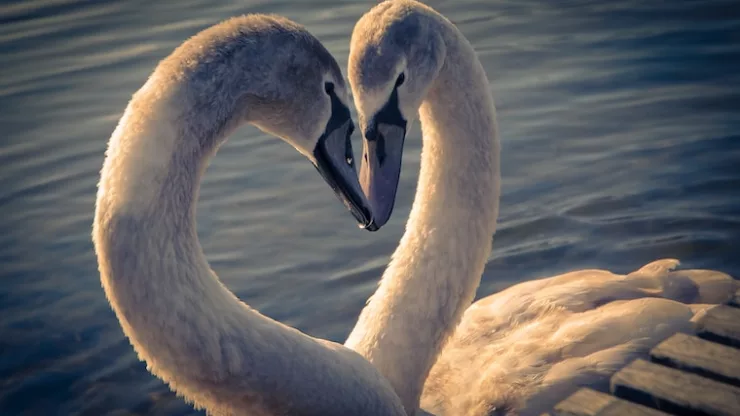Ducks are fascinating creatures that are often associated with ponds and lakes. However, there’s more to these feathered friends than meets the eye.
In this article, we’ll dive into some interesting facts about ducks that you may not have known before.
- Ducks are birds that belong to the family Anatidae, which also includes geese and swans.
- They are found in both freshwater and saltwater environments, including ponds, lakes, rivers, and oceans.
- Ducks have webbed feet that help them swim and dive underwater.
- There are over 120 species of ducks, each with their unique characteristics and traits.
- The smallest species of duck is the Bufflehead, which weighs only about 13 ounces, while the largest is the Muscovy duck, which can weigh up to 15 pounds.
- Ducks have waterproof feathers that keep them dry while swimming.
- They have an oil gland near their tail that produces oil that they spread on their feathers to keep them waterproof.
- Their feathers are so effective at insulating them from the cold water that ducks can swim in freezing temperatures without getting hypothermia.
- The average lifespan of a duck is 5-10 years, but some species can live up to 20 years.
- Ducks are omnivores and eat a variety of foods, including insects, seeds, plants, and small fish.
- They have a unique digestive system that allows them to extract nutrients from their food efficiently.
- When ducks are born, they are covered in down feathers and are capable of swimming within a few hours.
- Female ducks are called hens, while male ducks are called drakes.
- Ducks are social animals and often live in large flocks.
- They communicate with each other through various vocalizations, including quacks, grunts, and whistles.
- Ducks can fly at speeds of up to 60 miles per hour.
- Some species of ducks, such as the mallard, are migratory and travel long distances to breed and feed.
- Ducks mate for life and often have elaborate courtship rituals.
- Female ducks lay eggs once a year, usually in the spring or summer.
- The average clutch size is 8-12 eggs, but some species can lay up to 20 eggs at once.
- Ducks are important to the ecosystem as they help to control the population of insects and small fish.
- Duck hunting is a popular sport in many parts of the world, and their meat and eggs are also consumed by humans.
FAQ
What do ducks use their bills for?
Ducks use their bills for a variety of purposes, including finding and eating food, preening their feathers, and communicating with each other.
How do ducks stay afloat in the water?
Ducks stay afloat in the water by using their webbed feet to paddle and their waterproof feathers to keep them buoyant.
Are ducks dangerous to humans?
Ducks are generally not dangerous to humans, but they can become aggressive if they feel threatened or if their offspring are in danger.
What is the difference between a duck and a goose?
Ducks are smaller than geese and have a more rounded body shape. They also have shorter necks and bills and tend to be more social than geese.
Can ducks see in the dark?
Ducks have good night vision and can see in low-light conditions, but they are not able to see in complete darkness.
Why do ducks migrate?
Ducks migrate to find food and breeding grounds.
As the weather changes, so do the food sources and availability, and ducks must travel to find suitable habitats for breeding and feeding.

I am a fun fact enthusiast and creator of Facts On Tap.
I love to share my knowledge and curiosity with readers and inspire them to learn something new every day.
When I’m not writing, I enjoy traveling, reading, and playing trivia games with my friends.




